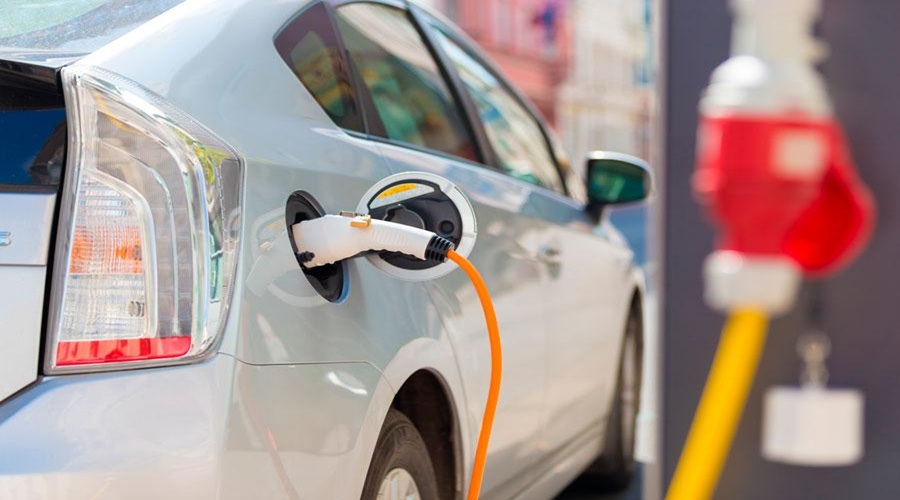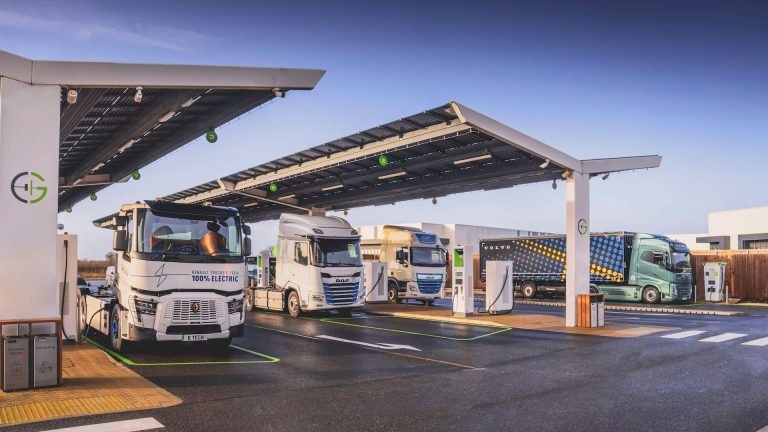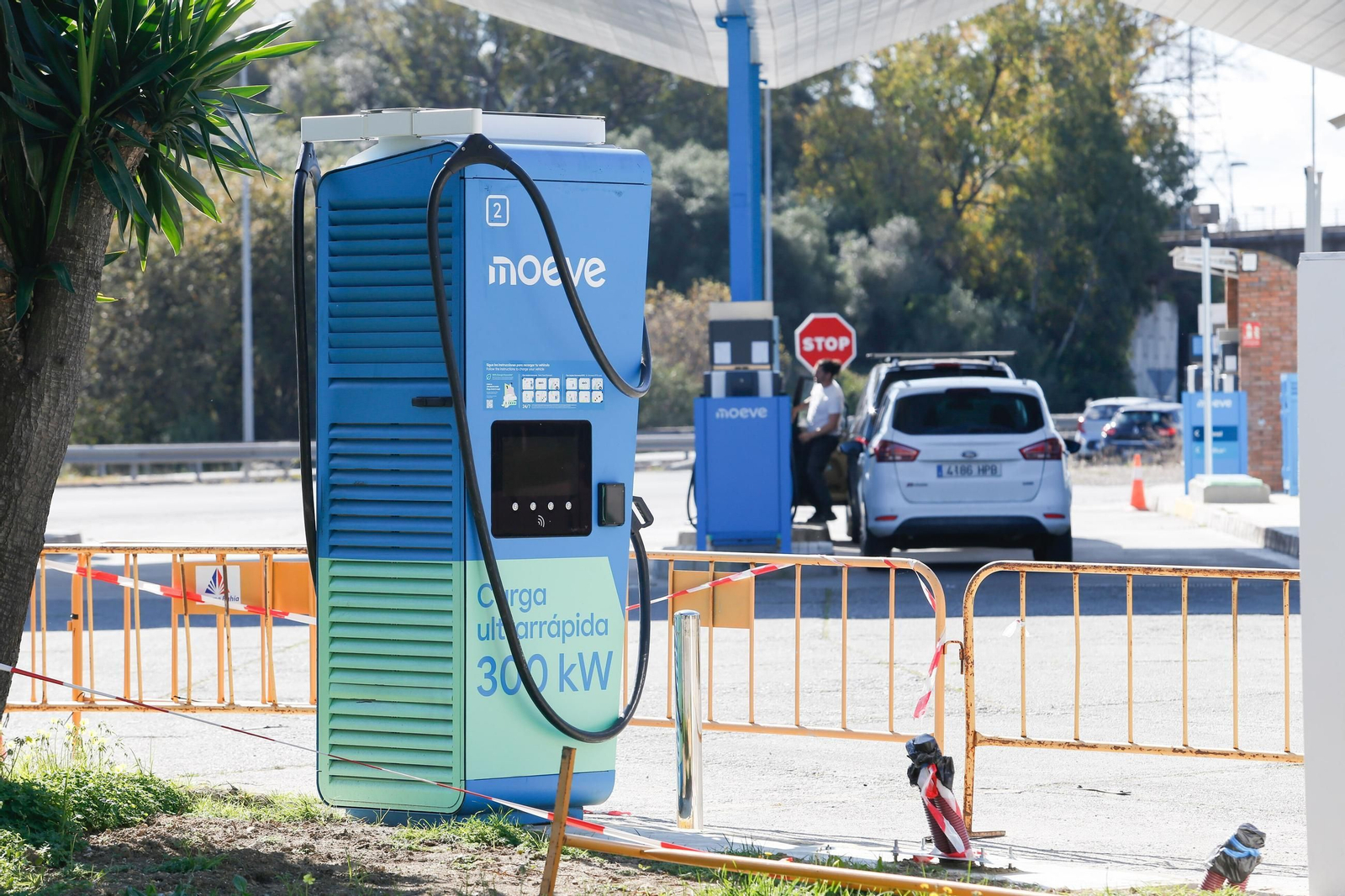In May 2025, registrations of electrified vehicles in Colombia exceeded 6,700 units, a 129.4% increase compared to May 2024 when only 2,924 units were registered.
However, recent legislative changes and uncertainty surrounding future decrees could jeopardise the sustainability of this growth.
According to Rodrigo Anjel, Technical Director of ANDEMOS, clean mobility vehicles have gained significant popularity due to the fiscal and tariff benefits established a few years ago.
“The exemption from the ‘Pico y Pala’ restrictions, coupled with the fiscal advantages, has made electrified vehicles an increasingly attractive option for Colombians,” says Anjel.
However, he warns about the potential elimination of the decree granting tariff benefits to these vehicles in December 2024, which would affect the economic accessibility of electric cars.
“The lack of a clear policy and the elimination of tariff benefits could reverse this positive trend,” the executive clarifies.
These are the best-selling electrified vehicle brands
In May 2025, the Japanese automaker Toyota led the market with 1,500 units registered, representing a 91.3% growth in electrified vehicles compared to the same month of the previous year.
It was followed by BYD, with an impressive increase of 644.7%, reaching 849 vehicles.
This growth is a clear indication of the Colombian market’s acceptance of clean technologies, but Anjel highlights that this boom may not be sustainable without continued government support.
As usual, Bogotá had the largest share of electrified vehicle registrations, registering 2,853 vehicles, a 116.46% increase compared to May 2024.
Medellín and Cali also showed significant increases, with 137.23% and 157% respectively.
This growth is linked not only to incentives and charging infrastructure but also to growing environmental awareness among citizens, who are increasingly leaning towards sustainable mobility solutions.
The ANDEMOS report also reveals performance by segment, with utility vehicles leading registrations, followed closely by cars and pick-ups.
Pick-ups, in particular, have shown a significant increase of 557.1%, reflecting interest in electrified vehicles in sectors that were traditionally not associated with this technology.
Anjel concludes that in order to maintain this growth, the issuance of a new decree is essential to maintain tariff benefits for clean mobility vehicles.
“If action is not taken soon, this market could face significant deceleration,” he warns.
Snapshot of the current charging infrastructure
Today, Colombia has 186 public charging stations distributed across the country, according to figures from USAENE and the Inter-American Development Bank.
Although growth is steady, the majority of these stations, between 75% and 85%, are from Chinese manufacturers.
This preference for Chinese equipment is not accidental: the average cost of a DC fast charging station from China can be up to 30% lower than a European one, and their electrified products already include technologies like smart charging and remote monitoring.
According to updated data from the UPME, Colombia had 186 public charging stations in 2024, compared to 119 in 2021, representing a growth of 56.3% in just three years.
In total, there are 389 active connectors, with a high technological diversity: Type 1, Type 2, CCS1, CCS2, CHAdeMo, GB/T, and CEE coexist.
Among them, the Type 2 connector is the most common, with 172 units, followed by Type 1 (110) and CHAdeMO (34).
The fast connectors CCS1 and CCS2 have a smaller presence (24 and 17 connectors respectively), while GB/T has 13 units and CEE only 3.
In terms of charging type, semi-fast stations dominate (121), followed by fast (48) and slow (17). However, projections for 2025 are ambitious: 769 new semi-fast stations and 329 fast charging stations are in the process of implementation.
The question is whether entry into the new “Silk Road” will accelerate this process. With the arrival of more affordable Chinese electrified vehicles, this expansion could intensify. However, the challenge remains interoperability.
Projections show Bogotá and Medellín leading
The UPME projects that by 2030, there will be 279,606 light electric vehicles in Bogotá and 100,515 in Medellín. To meet this demand, the following are estimated:
- In Bogotá:
- Up to 1,075 public chargers (11/22/50 kW).
- More than 251,000 private chargers (Levels 1 and 2).
- In Medellín:
- Up to 387 public chargers.
- Approximately 90,464 private chargers.
These projections include potential locations in shopping centres, service stations, parking lots, and housing in socioeconomic strata 4, 5, and 6, which brings up another debate: equity in access to electromobility.
DISCOVER MOBILITY PORTAL DATA
Discover Mobility Portal Data, a new exclusive market intelligence platform offering reliable data and key reports to support smart decision-making across the automotive sector — covering both combustion and electric vehicles, as well as charging infrastructure.
Research, trend analysis, and neatly organised statistics presented with clarity and precision, alongside up-to-date insights — all just one click away. With Mobility Portal Data, good decisions are on the horizon.
READ MORE
-
GRIDSERVE begins building its first public electric HGV charging hubs
These new locations form the foundation of the Electric Freightway – a nationwide programme designed to give fleet operators access to high-power public charging designed specifically for electric HGVs.
-
Sector eMobility ya destina 1.290 millones de euros a puntos de recarga en España y va por más
AEDIVE (Asociación Empresarial para el Desarrollo e Impulso de la Movilidad Eléctrica) ha elaborado un informe sobre la inversión en infraestructuras de recarga de acceso público en España que estima el total de la inversión acumulada en 1.290 millones de euros (hasta octubre de 2025). La Asociación ha elaborado este informe para arrojar luz sobre el esfuerzo…
-
CTA-ALGESA pone en marcha planta solar fotovoltaica para recargar buses 100% eléctricos
Esta instalación ha contado con un presupuesto de 133.900 euros sin IVA, subvencionado mediante Fondos Europeos Next Generation en el marco del Plan de Sostenibilidad Turística en Destinos. Aquí, los detalles.










